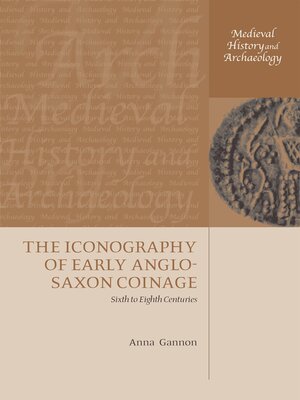The Iconography of Early Anglo-Saxon Coinage
ebook ∣ Sixth to Eighth Centuries · Medieval History and Archaeology
By Anna Gannon

Sign up to save your library
With an OverDrive account, you can save your favorite libraries for at-a-glance information about availability. Find out more about OverDrive accounts.
Find this title in Libby, the library reading app by OverDrive.



Search for a digital library with this title
Title found at these libraries:
| Library Name | Distance |
|---|---|
| Loading... |
This is the first scholarly art-historical appraisal of Anglo-Saxon coinage, from its inception in the late sixth century to Offa's second reform of the penny c.792. Outside numismatic circles, this material has largely been ignored because of its complexity, yet artistically this is the most vibrant period of English coinage, with die-cutters showing flair and innovation and employing hundreds of different designs in their work. By analysing the iconography of the early coinage, this book intends to introduce its rich legacy to a wide audience. Anna Gannon divides the designs of the coins into four main categories: busts (including attributes and drapery), human figures, animals and geometrical patterns, presenting prototypes, sources of the repertoire and parallels with contemporary visual arts for each motif. The comparisons demonstrate the central role of coins in the eclectic visual culture of the time, with the advantages of official sanctioning and wide circulation to support and diffuse new ideas and images. The sources of the motifs clarify the relationship between the many designs of the complex Secondary phase (c.710-50). Contemporary literature and theological writings often offer the key to the interpretation of motifs, hinting at a universal preoccupation with religious themes. The richness of designs and display of learning point to a sophisticated patronage with access to exotic prototypes, excellent craftsmanship and wealth; it is likely that minsters, as rich, learned, and well-organized institutions, were behind some of the coinage. After the economic crises of the mid-eighth century this flamboyant iconography was swept away: with the notable exeption of the coins of Offa, still displaying exciting designs of high quality and inventiveness, reformed issues bore royal names and titles, and strove towards uniformity.







